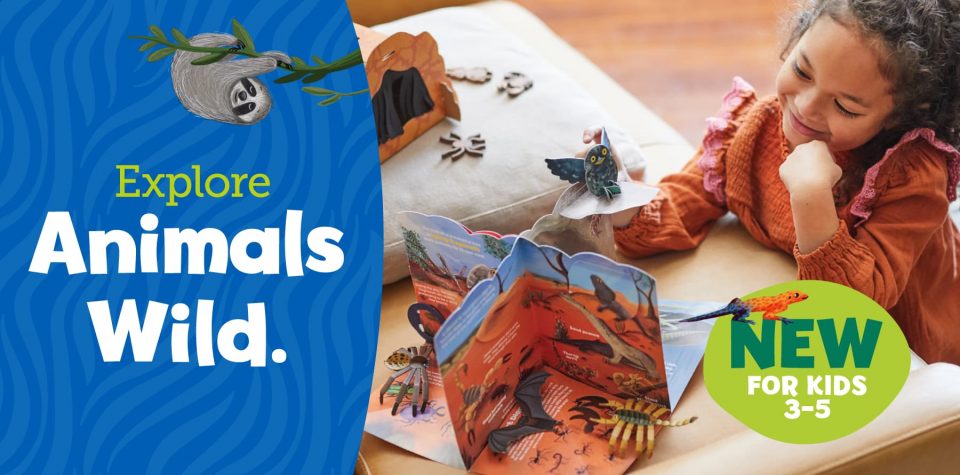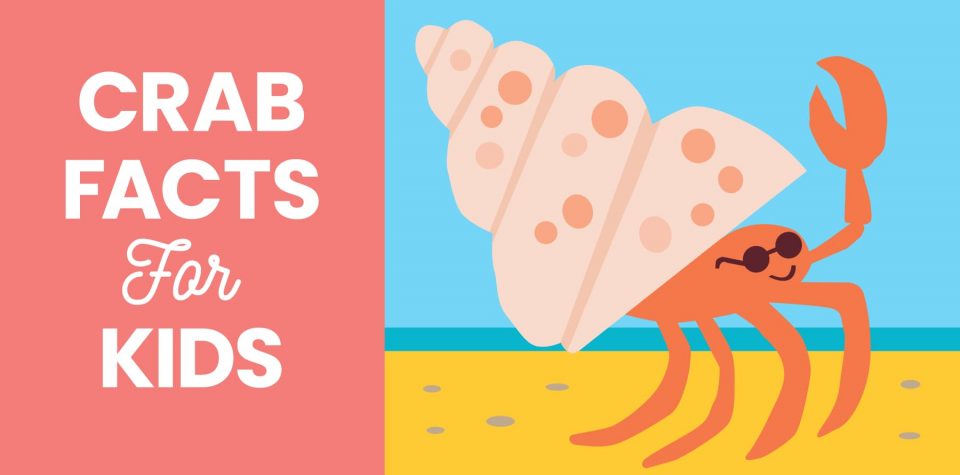
35 Crab Facts for Kids
Scuttle, shuffle, dig! Watching crabs at work on a beach can bring up a whole bunch of questions. Why do crabs move that way? What do they eat? Where do they sleep? We’ve got answers for some of the world’s thousands of crab species—and one famous “crab” that’s not actually a crab at all! Claw your way into our fun crab facts for kids and get to know more about these fascinating crustaceans.
Hermit Crab Facts
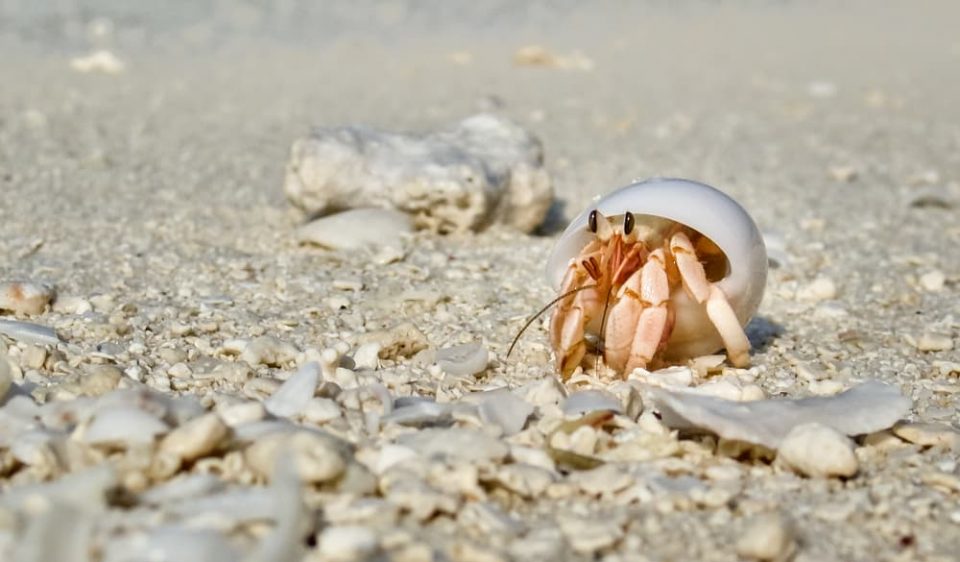
Hermit crabs live in oceans all over the world—there are over 500 species of them! They make their homes in all kinds of objects—old snail shells, coconut shells, coral, or even tubelike pieces of wood. Hermit crabs are famous for carrying their homes around on their backs until they outgrow them and move into new ones.
Hermit crabs’ bodies are specially adapted to fit into the spiral shape of a snail shell, with soft stomachs that make them more flexible than other crabs. Hooks on their tails help them get settled and stay attached to a home. But if they lose it, they’re in trouble! They’re a very popular snack for other creatures of the sea.
Sand Crab Facts
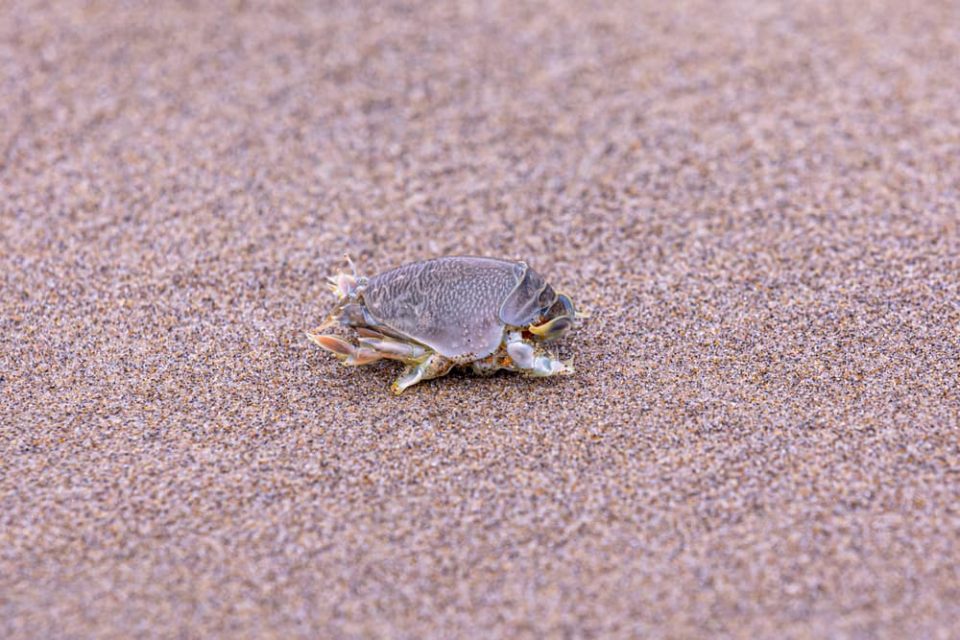
Sand crabs, also known as mole crabs, are tiny. Females are up to two inches long, and males are smaller than an inch! They live on beaches and dunes all around the world and have their own unique way of “fishing” for food. Sand crabs dig tail-first into the sand where the waves break on the shore—called the swash zone—then filter out plankton from the water with their feathery antennae.
Sand crabs also have special adaptations that help them move differently from other crabs. They can swim using their back legs, and they only ever move backward while scuttling.
Blue Crab Facts
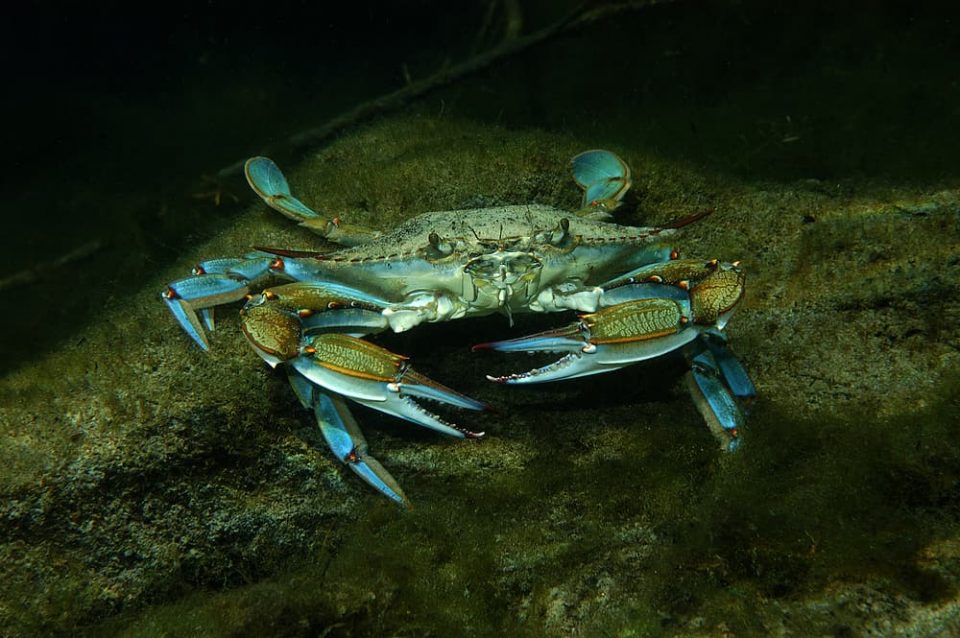
Blue crabs, the official state crustaceans of Maryland, live in the Atlantic Ocean off the coast of North America all the way from Nova Scotia to Argentina. Their shells can be a variety of colors, from grayish blue to olive green, but their claws are always a bright blue, tipped with red for females. They grow up to nine inches across and usually weigh less than a pound.
Blue crabs’ special adaptations include large claws that crack the shells of their prey and paddle-shaped back legs that make them great swimmers. They’re also incredible egg layers—females can produce over three million eggs each time they reproduce!
Horseshoe Crab Facts
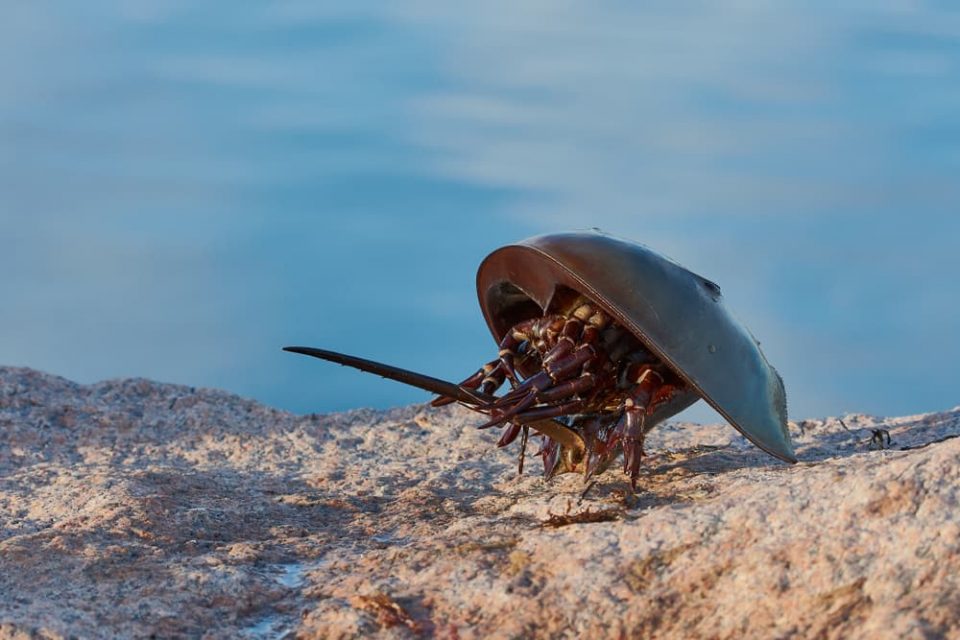
Older than the dinosaurs (and not actually crabs—despite their name, they’re more closely related to spiders) horseshoe crabs have been around for hundreds of millions of years. These cool critters live all over the world, with four species spread across the Atlantic, Pacific, and Indian Oceans. Their long tails may look like stingers, but they’re not dangerous—horseshoe crabs mostly use them to get around in the water. And when they’re young, they can use their gills to swim upside down!
Over the course of their lives, horseshoe crabs migrate from shallow waters into deep ones and back again: they start life as eggs on the beach and live in shallow water until they become adults, feeding in deep water before returning to the beach again to lay their own eggs. They mostly eat clams and worms, and because they have no teeth, they mash up their food with their legs before sticking it into their mouth. Pretty messy!
Fiddler Crab Facts
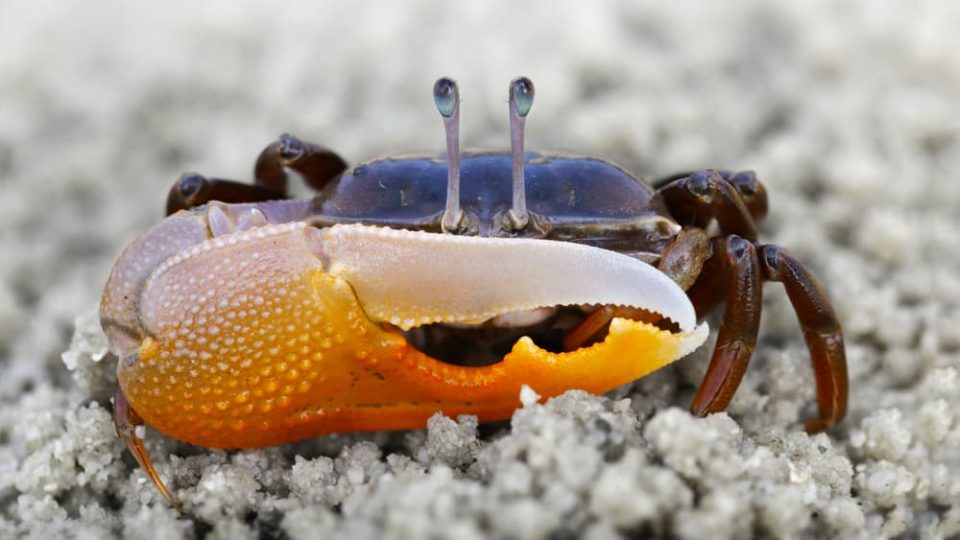
The teensy-weensy fiddler crab is full of surprises. Most famously, the males have one humongous claw that’s so big they can’t use it to eat! Instead, they treat it like a fiddle during mating season, rubbing it against their smaller claw to attract a female. Their shells also change color—darker in the daytime and lighter once the sun goes down.
Fiddler crabs live in huge colonies in marshy environments, where they burrow deep below the ground to create their homes or to hide from predators. When fiddler crabs leave their burrows, they will plug the entrance with mud or sand until they return.
Together Time
If you enjoyed these crab facts, check out our other animal facts for kids, then scuttle on over to our fun kelp forest craft and make a DIY underwater habitat!

